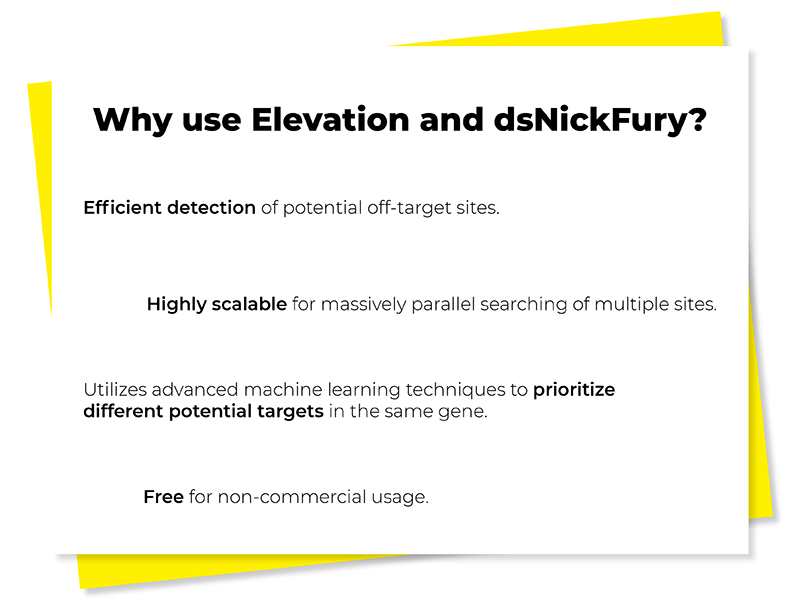Personalized medicine has long been predicted as the ‘future of medicine.’ In fact, with every significant discovery in modern medicine, someone inevitably hails it as the advent of personalized medicine and a revolution in healthcare. Despite this, personalized medicine still seems out of reach for the near future.
The newest avenue with which we aim to reach personalized medicine lies with gene therapeutics. Gene therapies got off to a rocky start in the late ’90s, when several failed clinical trials stalled progress in the field. Despite this, research continued and, starting in 2014, investments, improved molecular tools and novel therapeutics in the field have rebounded and the industry has begun to run with the concept.
CRISPR and Therapeutics
While a few gene therapies have already been approved, there remain some significant problems that the technology faces. While modified viruses remain a popular choice for the delivery of genes, they have primarily proven themselves useful for the replacement of nonfunctional genes. 1 The disruption of genes that have gained harmful functions has proven to be more complex but is an ideal use-case for CRISPR.
The CRISPR gene-editing tool came to prominence in 2012 as an efficient method to edit DNA in vivo. It does so by utilizing two main components, the Cas9 endonuclease, and customizable guide RNAs (gRNA(s)), which target the Cas9 to the location where it precisely cuts DNA. Various methods can be used to introduce the CRISPR system into cells, such as transduction by viruses, or direct introduction of the ribonucleoprotein complex (Cas9 & gRNA(s)) by transfection or electroporation. However, commonly these experiments are performed by transfection of high-quality purified recombinant plasmids encoding gene expression cassettes for both the gRNA(s) and Cas9. Learn more about the simplest purification method for CRISPR-ready plasmid DNA here.
Several companies have been exploring the use of CRISPR as the future of gene therapy and the solution to the current problems that exist in the industry. Unfortunately, CRISPR is still a long way off from any human clinical trials. The reason for this, as brought to the forefront by the recent CRISPR baby debacle, is the potential for off-target effects.
Because of the nature of the ribonucleoprotein binding to its target, Cas9–the ‘molecular scissors’ of the complex–can potentially act at a lower efficiency at unintended locations in the genome. The effects of off-target activity range from negligible to initiating transformation of the cell into an early-stage cancer.
Minimizing CRISPR Off-Target Effects
Recently, a paper published by Listgarten et. al.2 details a combined method of machine learning and efficient genomic searching to minimize the risk of off-target activity by identifying potential off-target sites and predicting their risk of being cut.

These tools, known as Elevation and dsNickFury, allow researchers to use rational design to create their gRNAs, and then predict the off-target effects such a gRNA would have on their system of interest. This highly accurate modeling program assigns a score to potential off-target sites based on their location in the genome and sequence similarity to the intended target, allowing researchers to quickly determine if a potential off-target should be a source of worry.
The result of these programs assigns and aggregate score to each gRNA, rating it overall in terms of its potential for use in a CRISPR experiment. By combining these tools with Azimuth, a tool from the same Microsoft team for predicting on-target efficiency, users can gain insight into the complete picture of their gRNA’s expected behavior.
Optimizing for the Future
While we haven’t yet optimized the CRISPR system for human use, tools such as dsNickFury, Elevation, and Azimuth allow users to get one step closer to better design and prediction mechanisms in CRISPR experiments. With technology such as this to aid scientists in predicting and scoring off-target effects in CRISPR systems, we are one step closer to marrying the realms of gene therapy and CRISPR to produce true personalized medicine.
